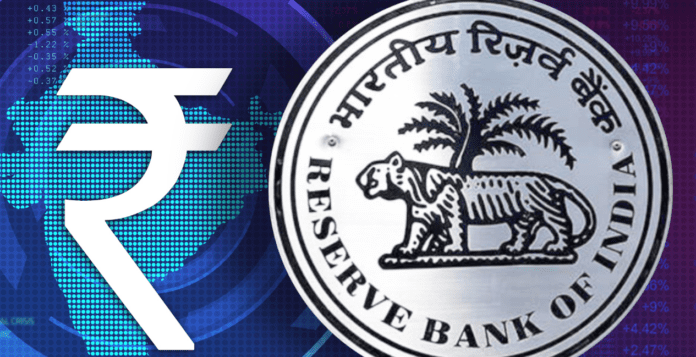The RBI is set to launch India’s official digital currency in 2022-23, even as other central banks tread with caution. This haste, some believe, is to counter the increasing popularity of private cryptocurrencies. Mint explains the concept of digital currency:
The Reserve Bank of India (RBI) is set to launch India’s official digital currency in 2022-23, even as other central banks tread with caution. This haste, some believe, is to counter the increasing popularity of private cryptocurrencies. Mint explains the concept of digital currency:
What is a central bank digital currency?
A central bank digital currency (CBDC) is the legal tender issued by a central bank in a digital form. It is identical to fiat currency and is exchangeable one-to-one with it, only different in form. Globally, central banks are exploring digital currencies for reasons ranging from seeking to popularize the use of electronic currency, to countering the rise of private digital assets like cryptocurrencies. A 2021 survey by the Bank for International Settlements (BIS) found that 86% of central banks were actively researching the potential for CBDCs, 60% were experimenting with the technology, and 14% were deploying pilot projects.
How is it different from digital payments?
The primary difference between CBDCs and other forms of digital payments is that payments made using the former are final in nature and reduce settlement risks in the financial system. Essentially, it is the digital equivalent of purchasing goods and services using cash, where there is no need for inter-bank settlements. Transactions using a CBDC, therefore, would allow for an even more real-time payments system. As RBI points out, an Indian importer may be able to pay its American exporter on a real-time basis in digital dollars, without the need of an intermediary. This transaction would be final.
How prepared is India in rolling this out?
Finance minister Nirmala Sitharaman said on 1 February that RBI would introduce the CBDC in FY23. RBI has made public its plan to implement the digital currency in a phased manner. RBI deputy governor T. Rabi Sankar said in December RBI had made significant progress on the wholesale component of the CBDC, while the retail component would take longer.
What are the risks to digital currencies?
RBI governor Shaktikanta Das has expressed concerns over the risk of frauds in digital currencies, pointing to the need for systems to thwart mala fide attempts. Another risk, of course, is the technological challenge in storing and dealing in such CBDC by retail customers. It depends upon the availability of strong internet connectivity and wider access to technology to store and use CBDCs. There are other pitfalls too. RBI is also concerned that lower level of technology adoption in the developing nations may limit the reach of CBDCs.
Will it be useful in India?
According to RBI’s Rabi Sankar, the CBDC is unlikely to replace cash usage for those who prefer cash because of their discomfort with digital modes of payment. Yet, those who prefer cash for anonymity can be redirected to acceptance of the CBDC, as long as anonymity is assured. It could also be useful for people who are excluded from India’s home-grown payments system, the unified payments interface, owing to the lack of debit cards, a requirement to register and transact on the platform.


